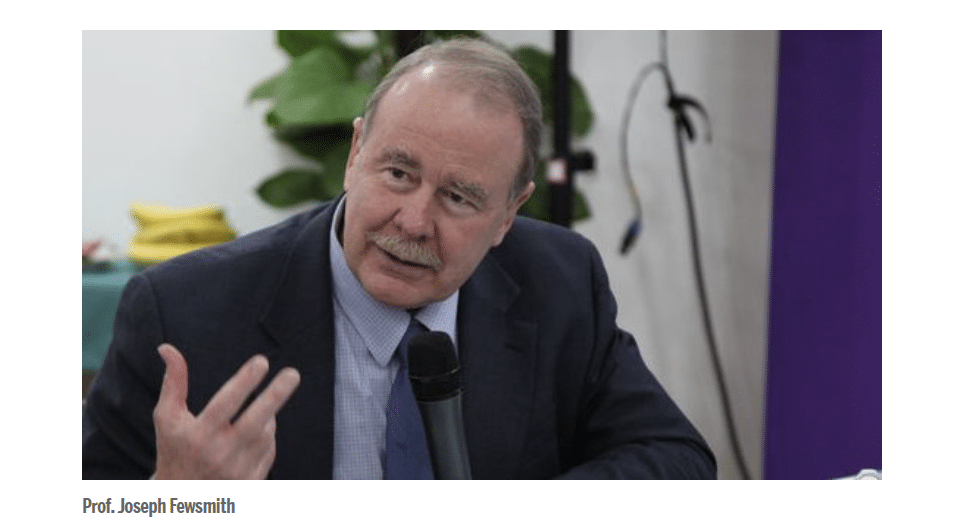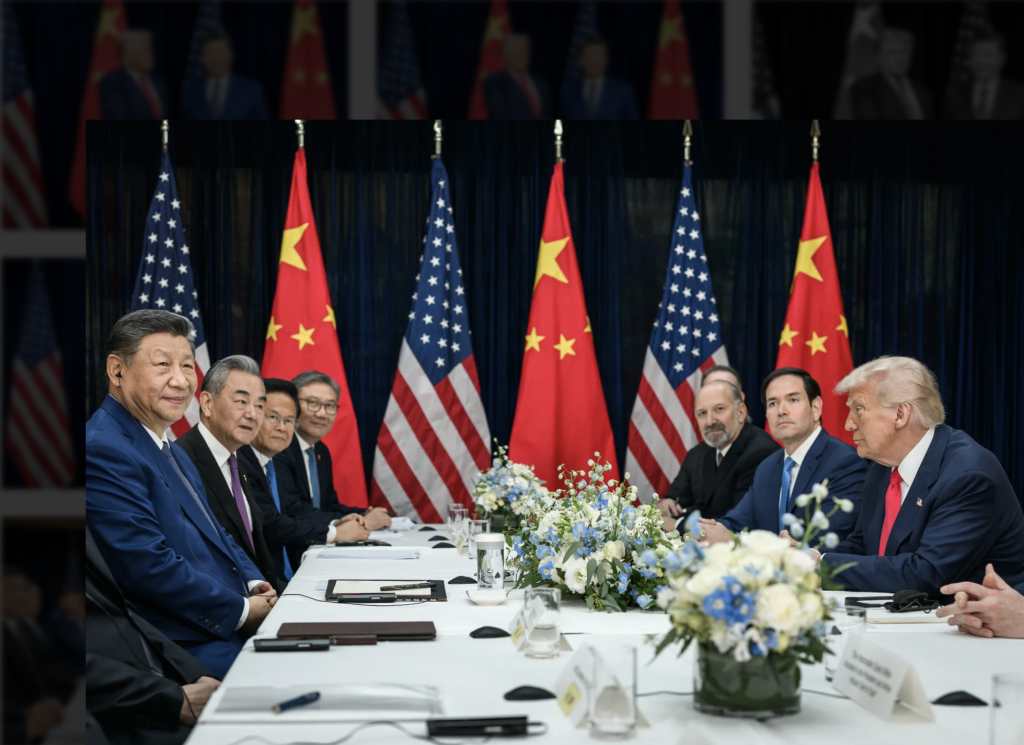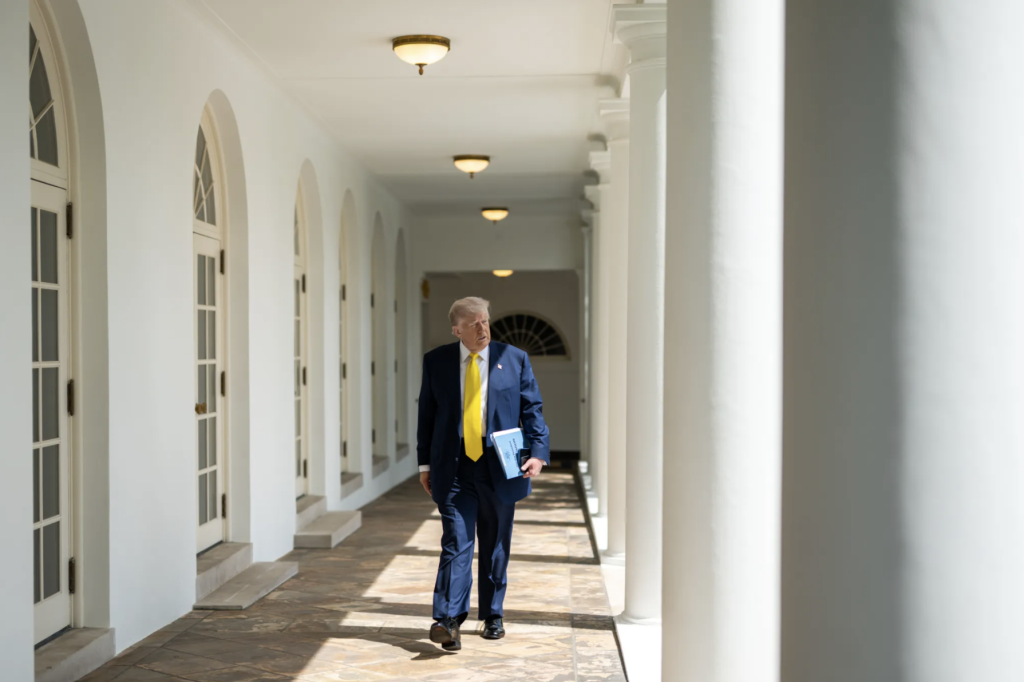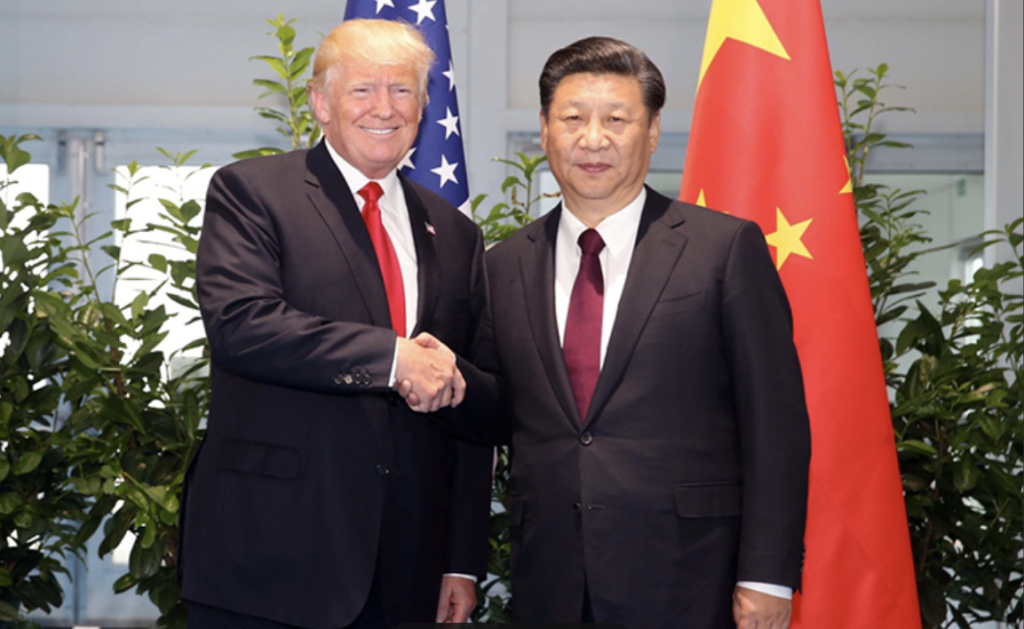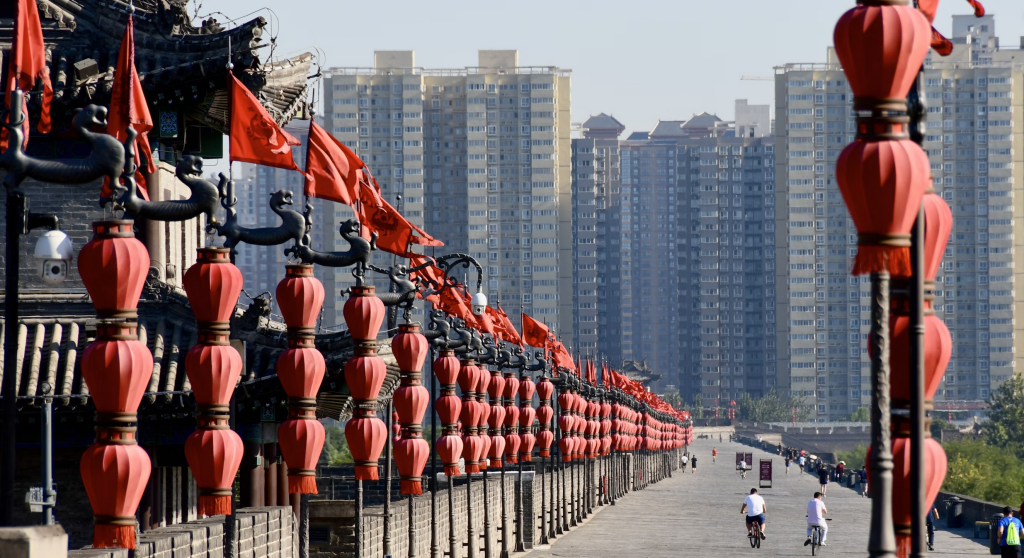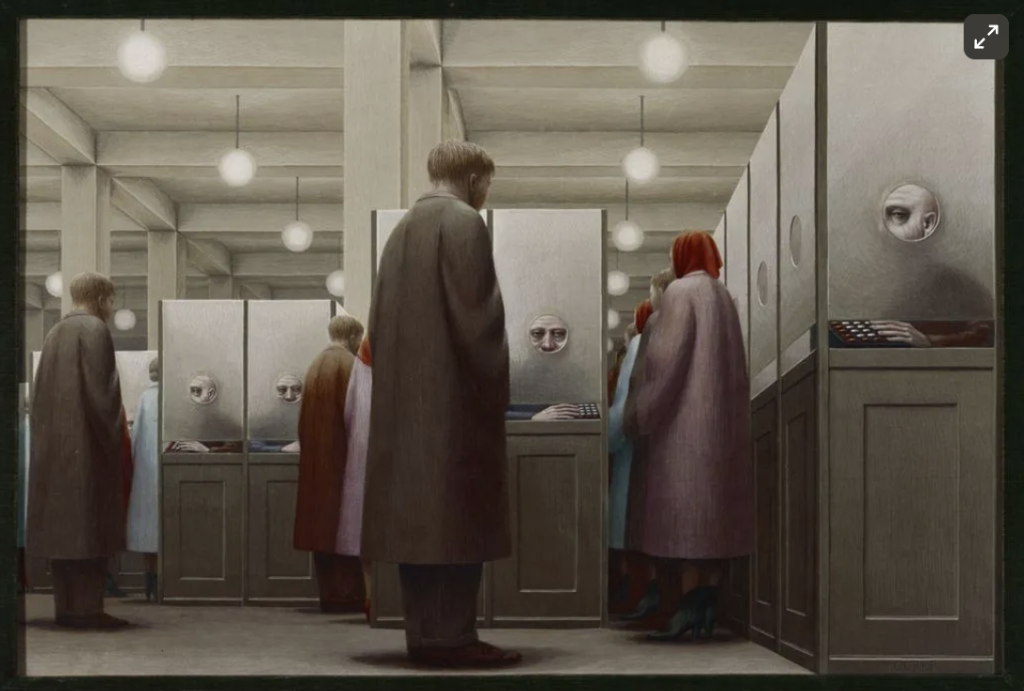Xi Jinping and Four U.S. Presidents: Personal Diplomacy Through a Decade of Change
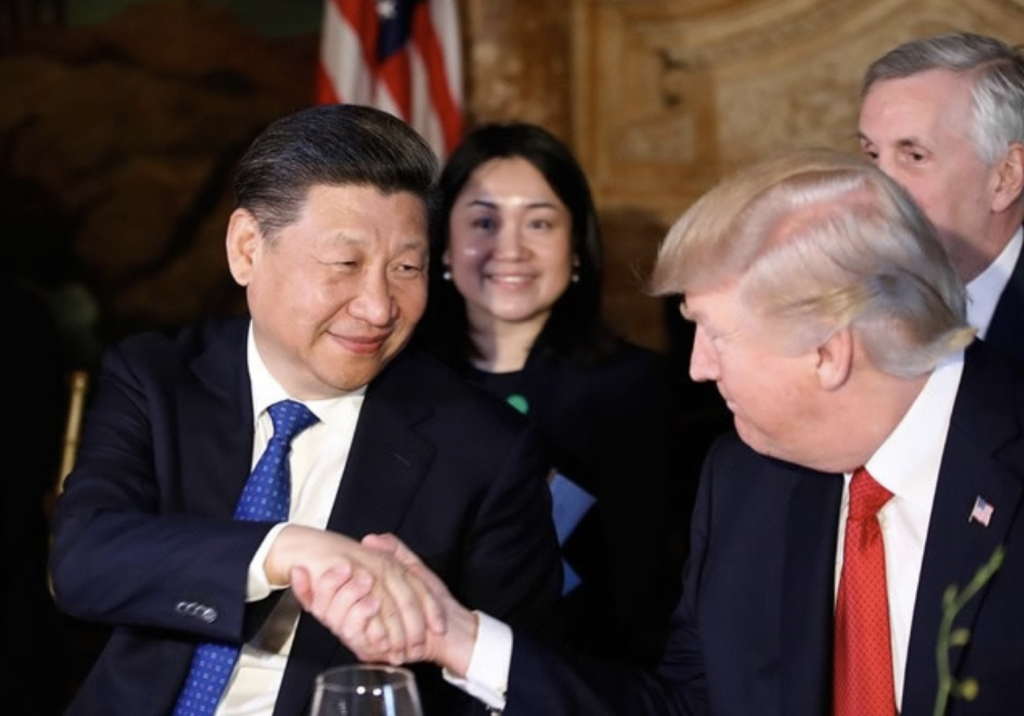
Chinese President Xi Jinping meets with US President Donald Trump at the Mar-a-Lago Resort in Florida, April 6, 2017. Source
When Chinese President Xi Jinping meets U.S. President Donald Trump in Gyeongju, South Korea, on October 30 during the APEC summit, it will mark yet another chapter in Xi’s personal diplomacy with U.S. presidents.
“I think we’ll reach a deal,” Trump told reporters in Kuala Lumpur on Sunday. “It’ll be good for China and good for us. We’ll meet again in China, and also in the U.S.—in Washington or at Mar-a-Lago.”
Over the past decade, as relations between Beijing and Washington have swung between cooperation and confrontation, head-of-state diplomacy has remained a crucial stabilizing factor. Since assuming China’s top leadership in 2012, Xi Jinping has interacted closely with three U.S. presidents—Barack Obama, Donald Trump, and Joe Biden—and now begins another round with Trump in his second term.
The Obama Years: The “Sunnylands Moment”
Xi’s first encounters with President Obama largely overlapped with Obama’s second term. The two met repeatedly at international forums and met four times in each other’s countries.
Their first informal summit in June 2013 at Sunnylands, California, was hailed in Chinese media as “a historic meeting.” The leaders spoke openly during a long walk through the estate gardens, with Beijing describing it as a sign that China-U.S. relations were “entering a new stage.”
Obama’s reciprocal visit to Beijing in November 2014 brought him to the APEC summit and to a stroll with Xi through Zhongnanhai. China’s Foreign Ministry later listed 24 items of consensus and achievements as a result of Obama’s trip.
A year later, in September 2015, Xi paid a state visit to the United States—the only one of his seven U.S. visits that carried full state status. The two held a working dinner at the Blair House in Washington, and the Chinese Foreign Ministry later released a “scorecard” of 49 outcomes.
When Obama attended the 2016 G20 summit in Hangzhou, Xi welcomed him with tea by West Lake. Xinhua News Agency said the two agreed that China and the U.S. shared “broad common interests in Asia-Pacific affairs” and should “properly manage differences” while coordinating on regional hot spots and global challenges.
Trump’s First Term: From “Friendship” to Trade War
When Trump took office in 2017, he hosted Xi at Mar-a-Lago in April. Chinese reports emphasized the “friendly and relaxed atmosphere” as the two strolled through the palm-lined estate.
Later that year, Trump paid a state visit to China. A Global Times editorial declared that “China quietly achieved five major successes” during the trip. Yet soon afterward, the trade war erupted.
In December 2018, the two leaders met in Buenos Aires and agreed to a temporary tariff truce. Their next meeting in Osaka in June 2019 carried symbolic weight: Xi reminded Trump of the “Ping-Pong Diplomacy” that had paved the way for normalization decades earlier, stressing that “cooperation generates benefits, confrontation creates harm.”
The Biden Era: From “Bali Consensus” to “San Francisco Vision”
The Covid-19 pandemic deepened bilateral estrangement. After Joe Biden entered the White House, the two leaders did not meet face-to-face until the G20 summit in Bali in 2022. There, Xi reminded Biden that China’s system—led by the Communist Party and supported by 1.4 billion people—was not up for change. “The key to U.S.-China coexistence,” he said, “is to acknowledge and respect our differences rather than seek to transform or overturn each other.”
The goodwill from Bali collapsed in early 2023 in the wake of the “balloon incident.” Not until November 2023, at the San Francisco summit, could the two sides “revisit” the Bali Consensus and turn it into what state media called a new “Vision.”
Da Wei, a professor at Tsinghua University and a leading scholar on US-China relations in China, noted that the shift from “Bali Consensus” to “San Francisco Vision” signaled stabilization. “If both sides handle it carefully—and have a bit of luck—this trend could continue into 2025,” he said.
Biden, after losing re-election, met Xi for a third time in November 2024 at the APEC summit. A People’s Daily editorial shortly after observed that “China-U.S. relations once again stand at a crossroads,” urging Washington to “work in the same direction” toward peaceful coexistence and mutual certainty.
A History of Leaders, a Pattern of Lessons
Trump thus becomes the third U.S. president Xi Jinping has engaged with, but the fourth administration he will face.
From Mao Zedong’s time—he saw six U.S. presidents come and go and his meeting with Richard Nixon in 1972changed the world—to Deng Xiaoping’s era of opening and engagement with Carter, Reagan, and George H. W. Bush, leadership diplomacy has always been central to the evolution of U.S.–China relations.
Jiang Zemin’s rapport with Bill Clinton and George W. Bush built a foundation for the boom years of cooperation. Hu Jintao’s tenure coincided with Washington’s post-9/11 strategic shift, yet China’s “peaceful rise” began stirring American anxieties, and Beijing’s proposal of a “new type of great-power relationship” under Xi Jinping never quite became the stabilizing framework China hoped for.
The past thirteen years under Xi’s leadership have been among the most turbulent in U.S.–China relations since diplomatic normalization in 1979. Much of this downturn has unfolded beyond the control of any single leader. Yet it will take greater wisdom, courage, and vision of leaders from both sides to keep this complex relationship within guardrails of mutual respect, peaceful coexistence, and win-win cooperation—ensuring that competition remains orderly, non-zero-sum, and, above all, peaceful.
Author
-
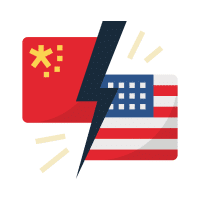
Dr. Yawei Liu serves as a senior advisor to the Carter Center’s China Focus program. He is the founding editor-in-chief of U.S.–China Perception Monitor and its Chinese-language website, 中美印象.

